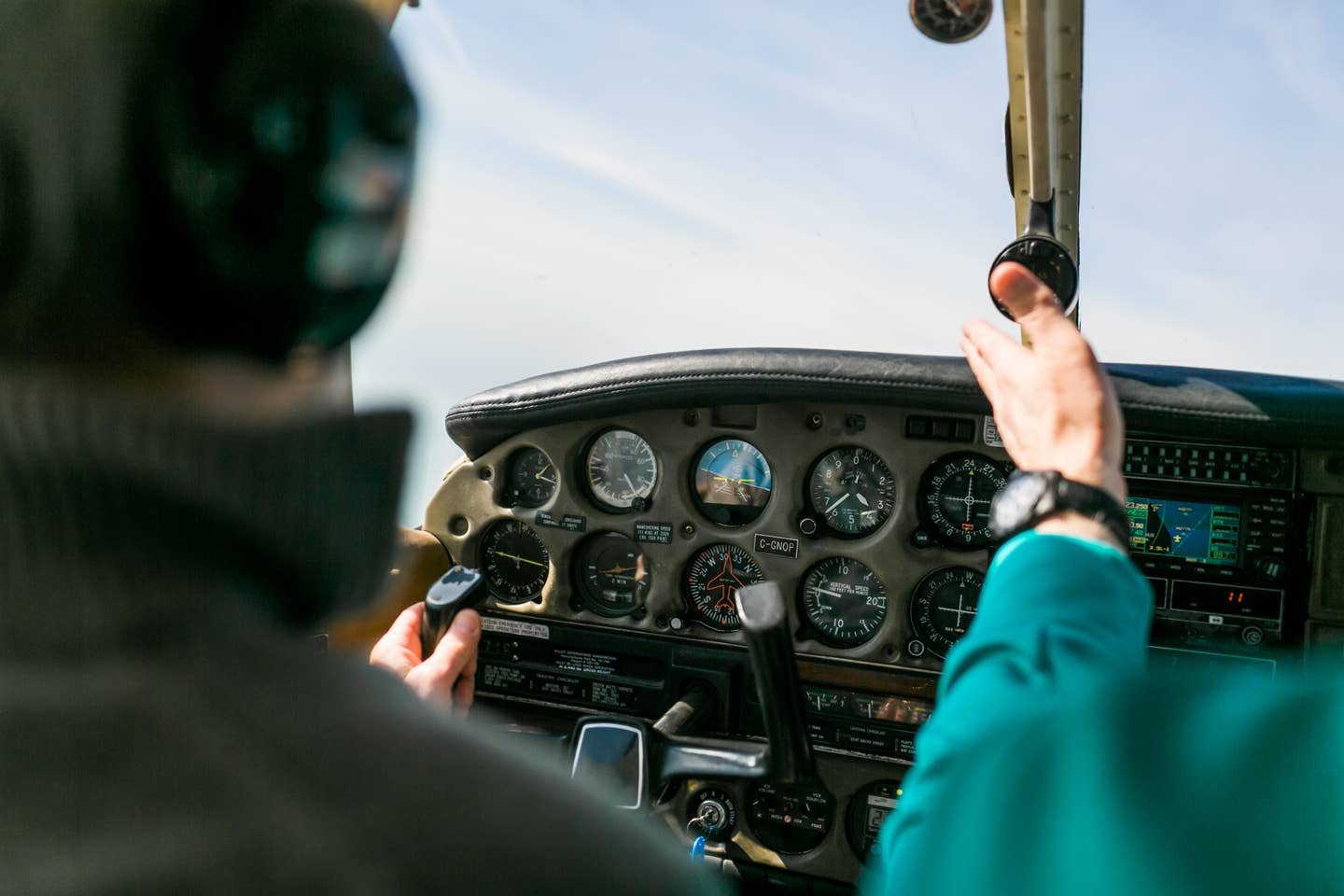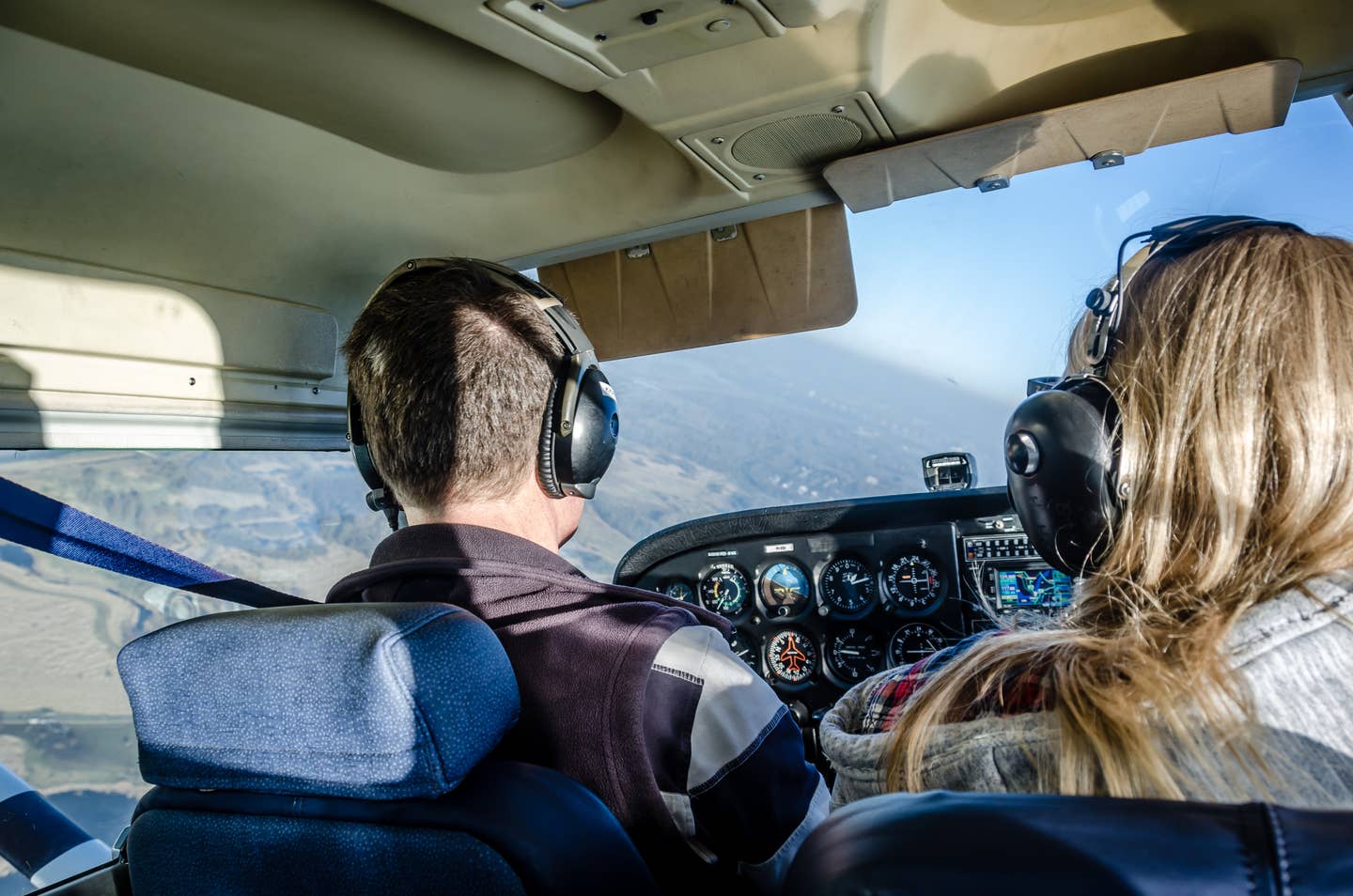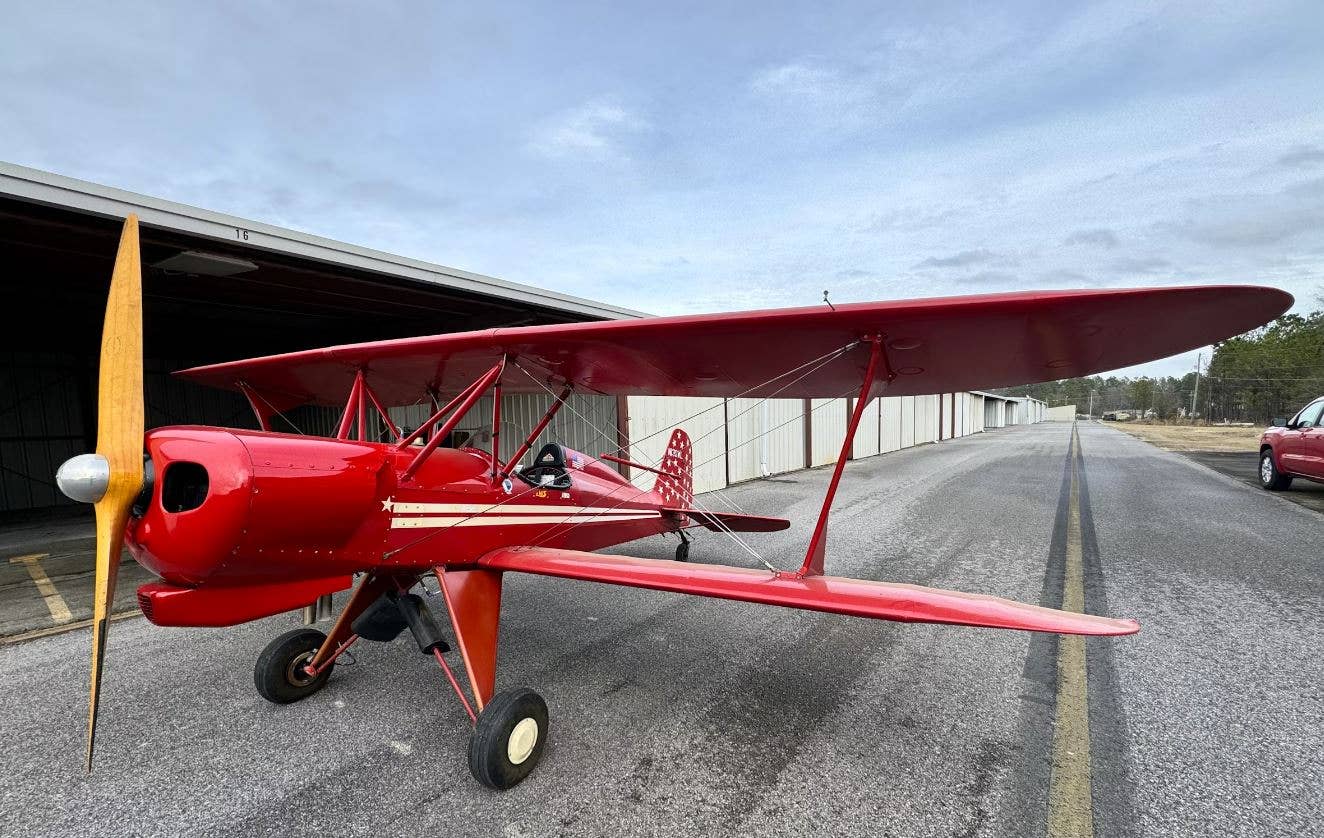Nall Report a Blueprint for Flight Instruction
The flight instructor is the first gatekeeper when it comes to aviation safety. It is incumbent on the CFI to teach and model good habits for mitigating risk—and you can’t…

The flight instructor is the first gatekeeper when it comes to aviation safety.
The flight instructor is the first gatekeeper when it comes to aviation safety. It is incumbent on the CFI to teach and model good habits for mitigating risk—and you can’t do that without understanding where the risk is coming from, and when and where during the flight training process we are at a higher risk for an accident.
One way to do this is for the CFI to review the Nall Report, the Aircraft Owners and Pilots Association’s (AOPA) Air Safety Institute’s annual report that looks into accident causal factors—and to develop training scenarios to give learners the tools to address these risks.
AOPA released its 32nd report in October. The report looks at the number of events, the phases of flight where accidents happen, and contributing or causal factors. According to this latest release, most accidents happen during the approach to landing—in particular, when the pilot overshoots the turn to final, overcorrects with bank angle, and inadvertently allows the aircraft to get slow, resulting in an unrecoverable stall/spin. If you check the National Transportation Safety Board (NTSB) database, you will find hundreds of these accidents, which are usually fatal.
A scenario to address the risk involves taking the airplane to a safe altitude—like 5,000 feet—and practicing the base turn to final as if the airplane is in the pattern. This is a basic descending turn. Experiment with a combination of bank angles during a descent, working on coordination. Practice approaches with flaps and without. Use a cardinal heading as “final” and practice making 90-degree turns to that heading. Work on making the turn about timing—do a base-to-final turn at standard rate and roll out right on “center line.”
Make it a rule that if the aircraft is not stabilized on heading, speed, glide slope, and centerline—you will go around.
Uncommanded Loss of Engine Power After Takeoff
How many CFIs teach the “loss of thrust on take-off” briefing from day one? I do, as a part of the pre-takeoff checklist. There are too many fatalities caused by a loss of engine power shortly after takeoff—resulting in a stall/spin situation—to skip this critical briefing. It goes as follows, for flight in a Cessna 172:
Loss of thrust on takeoff briefing:
- During the takeoff roll, if there is any issue with power production or controllability, the aircraft will be brought to a stop.
- If there is an uncommanded loss of engine power during the takeoff and there is runway ahead of you, land straight ahead.
Loss of thrust after takeoff no runway remaining, below 700 feet:
- If there is an uncommanded loss of engine power during the takeoff and the aircraft is out of usable runway, and at less than 700 feet agl, pitch for best glide and aim straight ahead for an open area, or, if needed, veer no more than 30 degrees off the extended centerline.
Loss of thrust after takeoff no runway remaining, 1,000 feet:
- If there is an uncommanded loss of engine power during the takeoff and the aircraft is at an altitude of at least 1,000 feet agl, pitch for best glide and turn back to the runway at no more than 30 degrees of bank to reach either the runway or some other uninhabited landing field that’s free from obstacles.
Accidents During Landing
Most accidents overall occur during landing, a common cause being the unstabilized approach. Too fast and the airplane floats in ground effect, eating up all the available runway. Touching down too fast can also lead to a bounce and the dreaded “porpoise,” which can lead to a bent firewall and prop strike. Go around at the first indication you have that you won’t touch down and come to a stop within the first third of the runway.
Plenty of accidents happen when the pilot gets behind the airplane and takes incorrect action, such as trying to stretch a glide by pulling the nose up, or dumping the flaps in on final when the aircraft is going too fast and/or improperly configured—read that as the gear is still up. Dumping the gear and flaps at the same time can result in a loss of control with occasionally fatal results. If you are not configured by the time you’re on a long final, go around.
Fuel Mismanagement
Poor fuel management continues to be a causal factor in a great many situations resulting in accidents and incidents best described as “unscheduled off-airport landings.” This often breaks down to inadequate planning, poor decision-making, and a lack of knowledge about the aircraft’s fuel system. Just about every flight school has a story about a learner who either didn’t understand how the fuel system worked or failed to execute the emergency checklist by switching fuel tanks, resulting in an unscheduled off-airport landing that could have been avoided.
You can obtain the fuel endurance of the aircraft readily from the pilot operating handbook, yet sadly, many learners do not learn how to apply this information until they enter the cross-country phase of training. Anytime you land, check the fuel before taking off again. Every time.
Understand that some aircraft—because of age or engine modifications—may burn more fuel at a particular power setting. The art of leaning the mixture for best economy and endurance should be taught early in training.
VFR Into IMC
Flying VFR into instrument meteorological conditions (IMC)—followed by poor IFR technique—were cited as causal factors in a sizable portion of accidents. The FARs require private pilot candidates to log three hours of flight controlling the aircraft by instruments, and there are requirements for IFR currency—but not proficiency. That responsibility rests with the pilots. If you have an instrument rating, make a plan to fly under the hood at least once a month. Fly in VFR or MVFR with an appropriately rated pilot for practice.
If you are a learner pilot, ask your CFI to teach you how to fly an actual instrument approach as an emergency procedure. It is a practical application of the three hours of instrument training you are required to have during your initial course. Remember the most important skills you can have to avoid VFR into IMC are checking the forecast before flight and the 180-degree turn.
Editor’s Note: This article originally appeared on flyingmedia.com

Subscribe to Our Newsletter
Get the latest Plane & Pilot Magazine stories delivered directly to your inbox






